Today is the International #HumanSpaceFlight day, held on April 12 to commemorate the first space flight by Yuri Gagarin, in 1961. In this picture Gagarin, Grigory Nelyubov and Nikolai Kamanin are playing chess during the flight that took them to the Baikonur Cosmodrome (KAZ).
Chess was one of the very first human leisure activities brought to space by the cosmonauts. The set on this photo was carried aboard the Soyuz 3 and 4 capsules in 1968-1969. Because of the lack of gravity, the set is designed with pegs and grooves to keep the pieces in place.
In June 1970 the Soviet astronauts Andrian Nikolayev and Vitaly Sevastyanov, who were aboard the Soyuz 9 spacecraft, played a consultation game against the earthbound Viktor Gorbatko (also an astronaut) and Nikolai Kamanin (Soviet general, head of the astronaut training program).
Vitaly Sevastyanov was an avid chess fan - so much so, that he would later become President of the Soviet Union Chess Federation from 1977 to 1986 and from 1988 to 1989. He played a very important role during those years when chess was still dominated by the Soviet players.
In 2008, @NASA and the @USChess Federation teamed up to host a match between the astronaut and Earth. The USCF coordinated worldwide voting on the Earth’s moves, which were proposed by the K-3 champions, the Chess Club at Stevenson Elementary School in Bellevue, Wash.
The first man to walk on the moon, Neil Armstrong (1930-Aug 25, 2012) was a chess player. In his biography by Leon Wagener ("One Giant Leap"), the author points out that Neil played chess with his six-year-old son Mark, while he was quarantined upon his return from the Moon.
The links between chess and space exploration demonstrate that the game of chess -and other strategy games- are intrinsic to humankind. They are part of our culture, and one of the oldest forms of human social interaction. #HumanSpaceFlight @NASA
(Previous photo: @NASA astronaut Chris Cassidy plays a game of chess at the Cosmonaut Hotel crew quarters at the Baikonur Cosmodrome in Kazakhstan - the same place from where Gagarin took off. Credit: Andrey Shelepin/Gagarin Cosmonaut Training Center)
Magnetic pieces are not allowed on zero-gravity environments, because they could end up in unexpected places where they would interfere with the on-board instruments. The Soviets designed special chess sets, and in recent times, simple plastic pieces are fitted with velcro. @NASA
This is the Soviet zero-gravity chess set that was onboard the Soyuz 9, where Commander Andriyan Nikolayev and flight engineer Vitaly Sevastyanov spent 18 days. They investigated the social implications of prolonged spaceflight. #HumanSpaceFlight
This chess board, signed by the two cosmonauts as well as Boris Spassky (at that time the world champion), Mikhail Botvinnik, Igor Bondarevsky, Alexander Kotov, Salo Flohr, and Mira Liliental, was sold by @Sothebys in 2018 for $1.250.
To celebrate the 50th anniversary of the first Cosmos - Earth chess game, the Museum of the Cosmonautics in Moscow is organizing a chess event that will give two people the chance to play against the cosmonaut Anatoly Ivanishin (playing back in this photo), currently on the ISS.
Chess fans can register until Wednesday, April 15. The qualifying round will be held on April 18, divided into two categories: under 18, and adults.
More info [Russian]: https://www.mos.ru/news/item/72135073/
Registration">https://www.mos.ru/news/item... form: https://docs.google.com/forms/d/e/1FAIpQLSfqMy7ESqOMgWLj5ZaVPFxm33PBlODi6_5_3NiZqILQ0ooDQw/viewform">https://docs.google.com/forms/d/e...
More info [Russian]: https://www.mos.ru/news/item/72135073/
Registration">https://www.mos.ru/news/item... form: https://docs.google.com/forms/d/e/1FAIpQLSfqMy7ESqOMgWLj5ZaVPFxm33PBlODi6_5_3NiZqILQ0ooDQw/viewform">https://docs.google.com/forms/d/e...

 Read on Twitter
Read on Twitter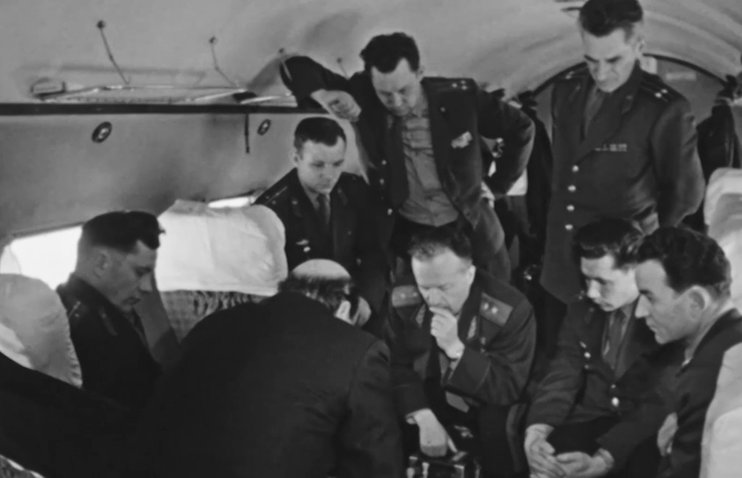
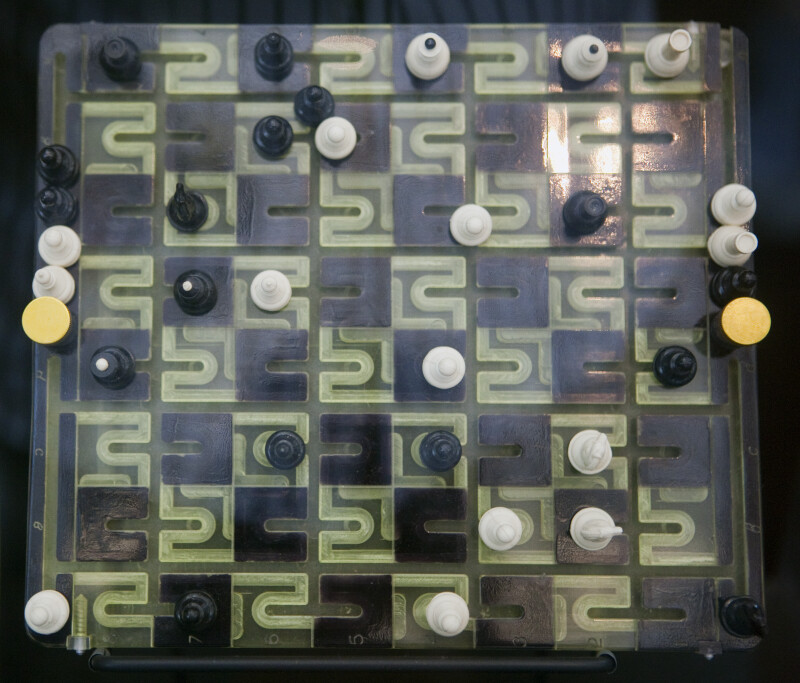
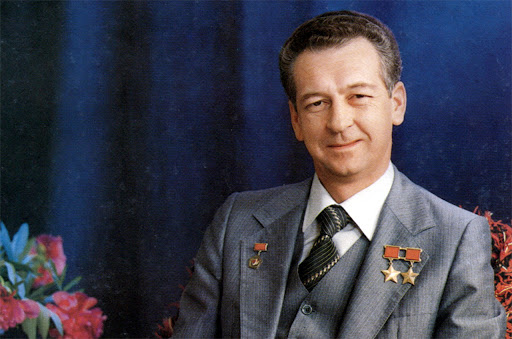
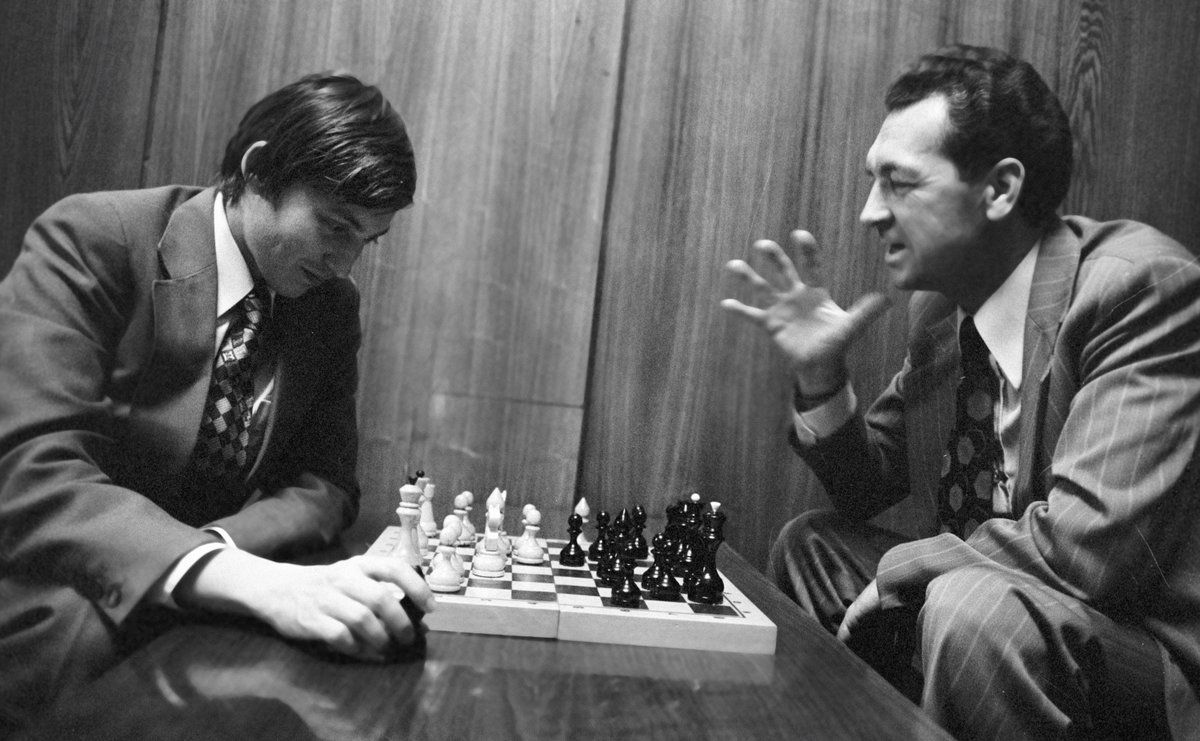
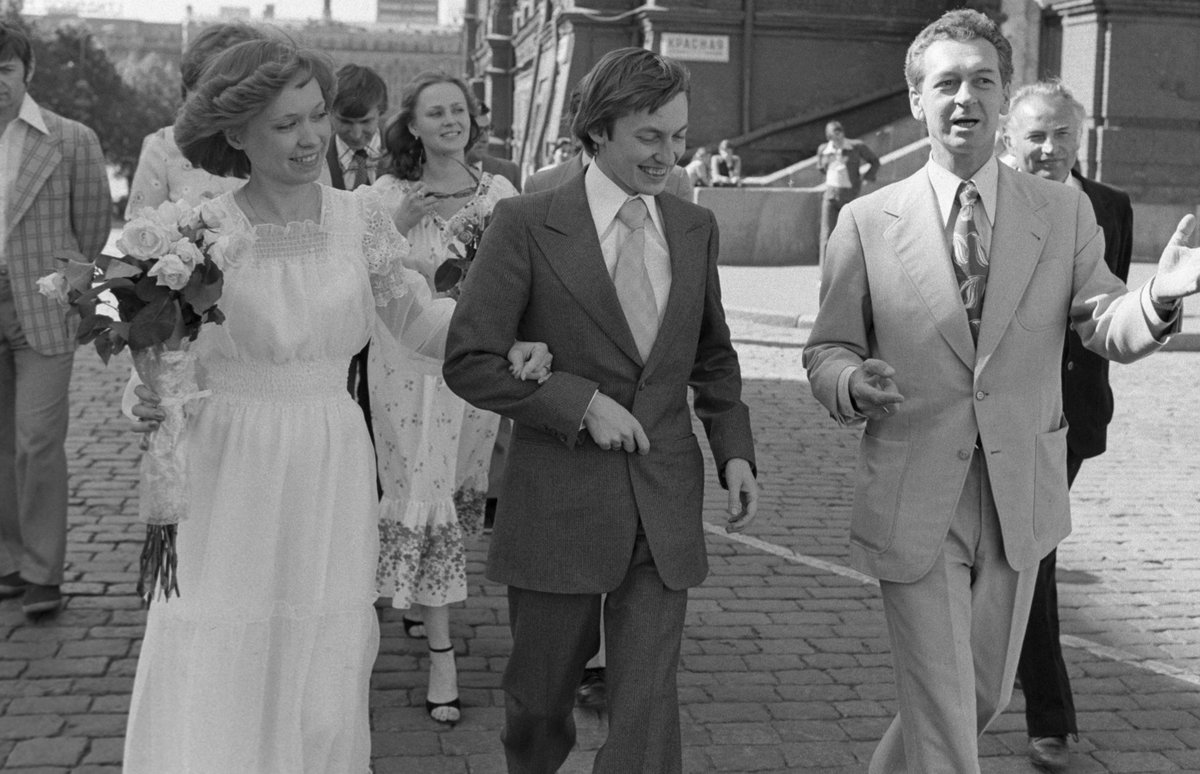
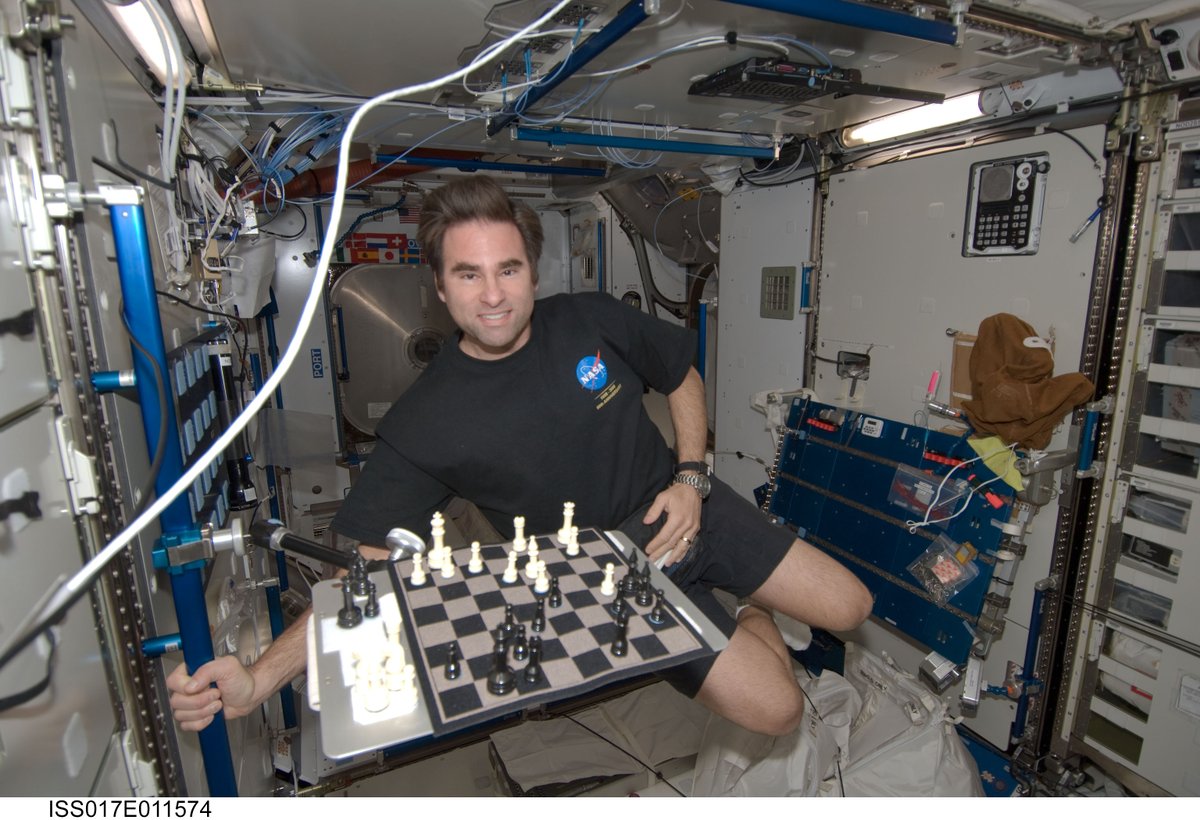
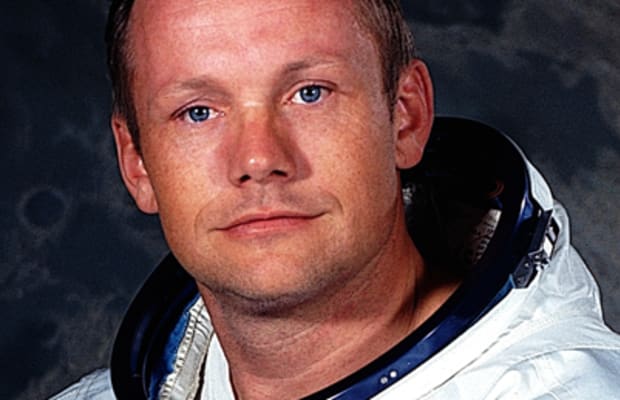
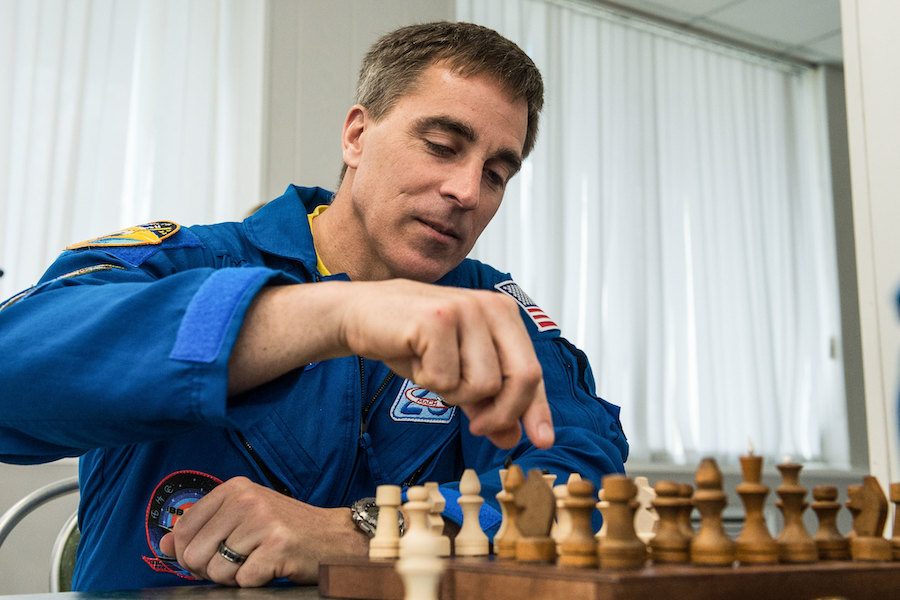
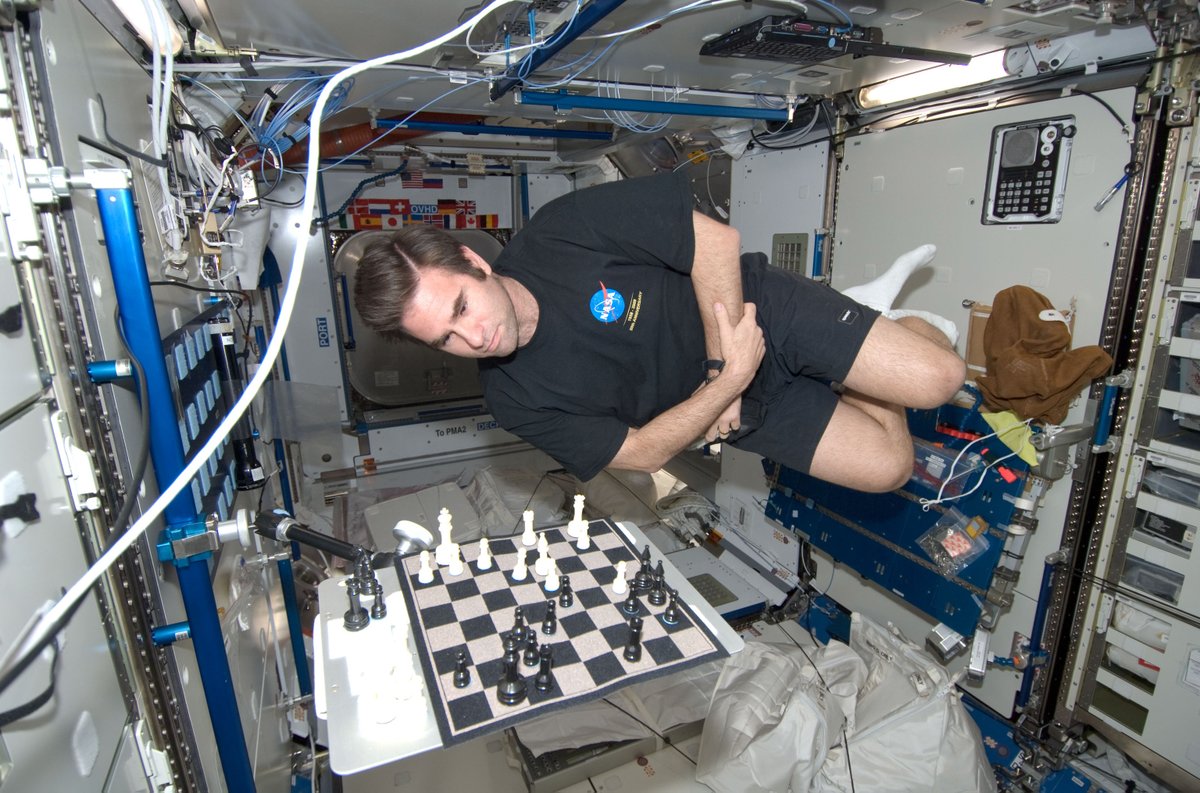
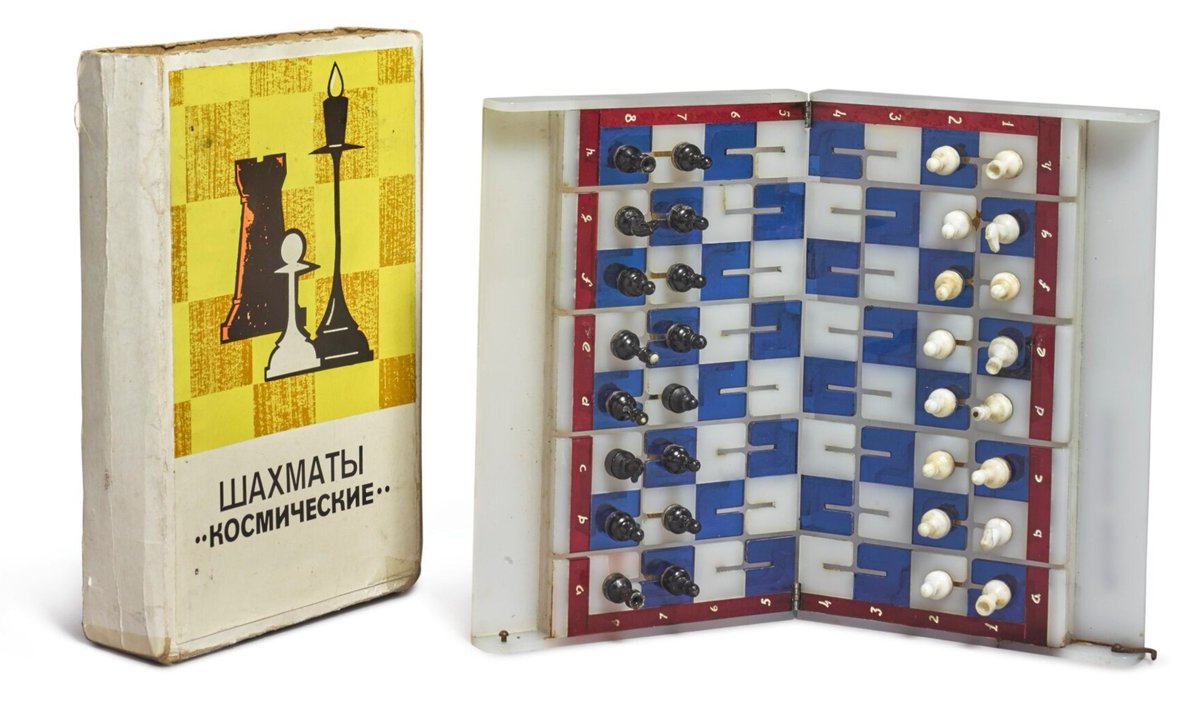
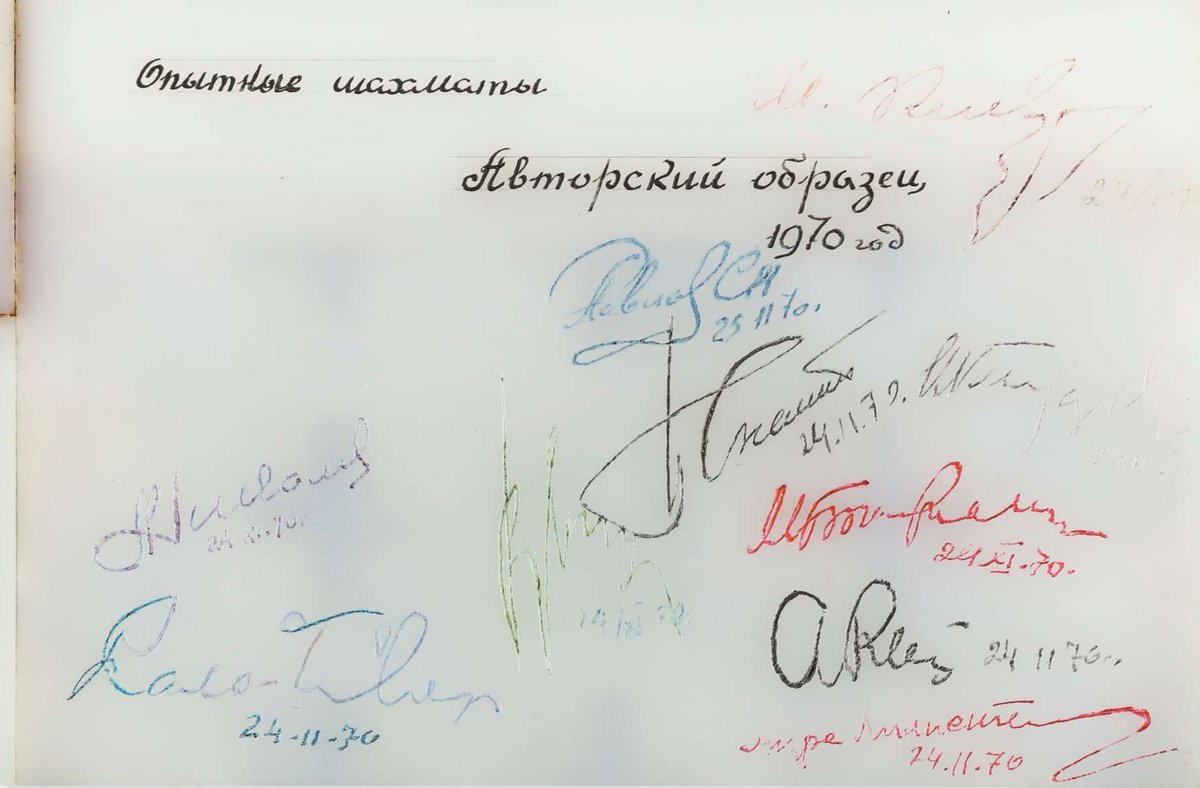
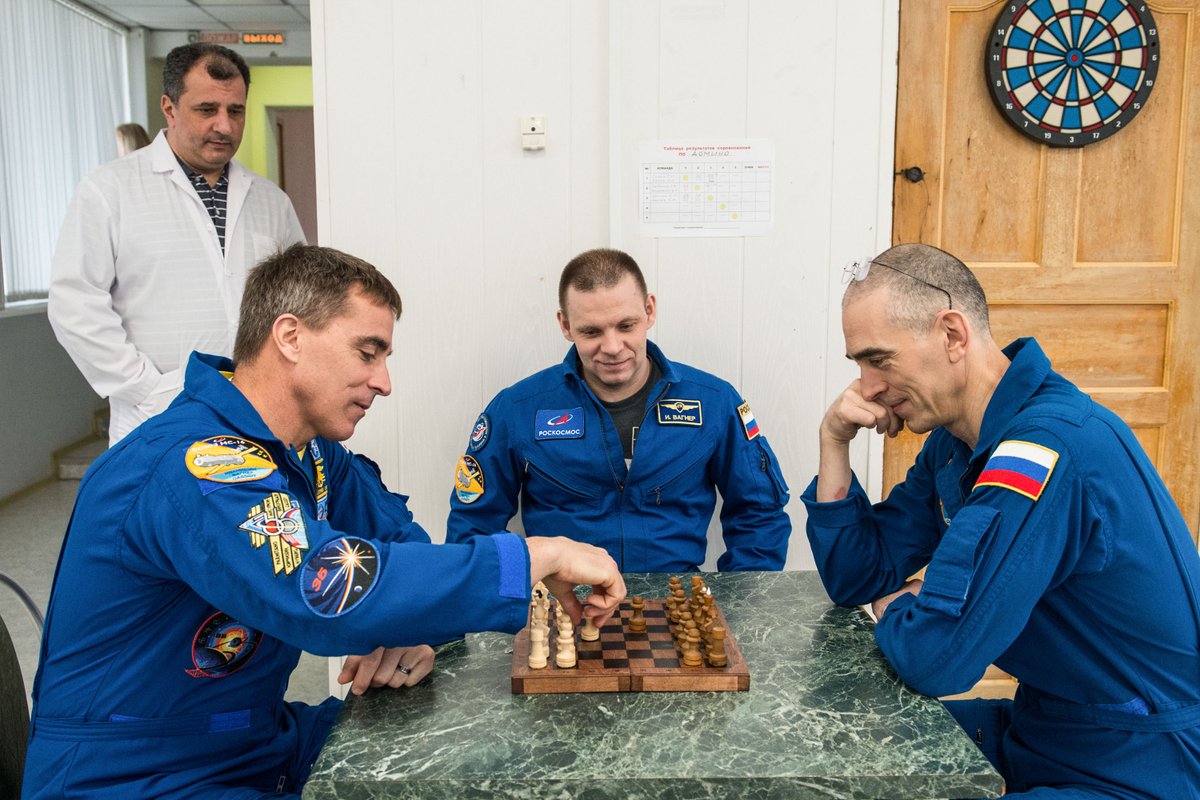
![Chess fans can register until Wednesday, April 15. The qualifying round will be held on April 18, divided into two categories: under 18, and adults. More info [Russian]: https://www.mos.ru/news/item... form: https://docs.google.com/forms/d/e... Chess fans can register until Wednesday, April 15. The qualifying round will be held on April 18, divided into two categories: under 18, and adults. More info [Russian]: https://www.mos.ru/news/item... form: https://docs.google.com/forms/d/e...](https://pbs.twimg.com/media/EVZTbzVXsAAsxYj.jpg)


